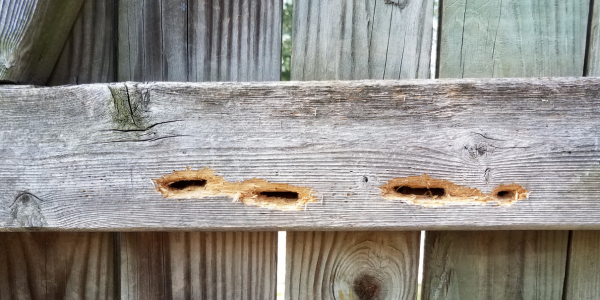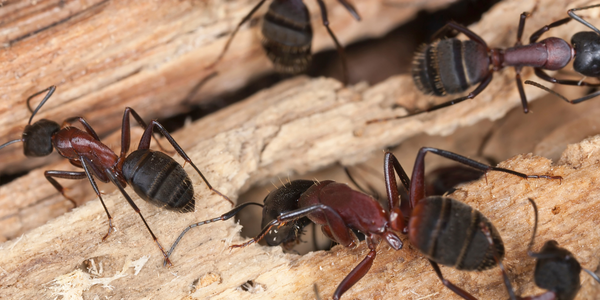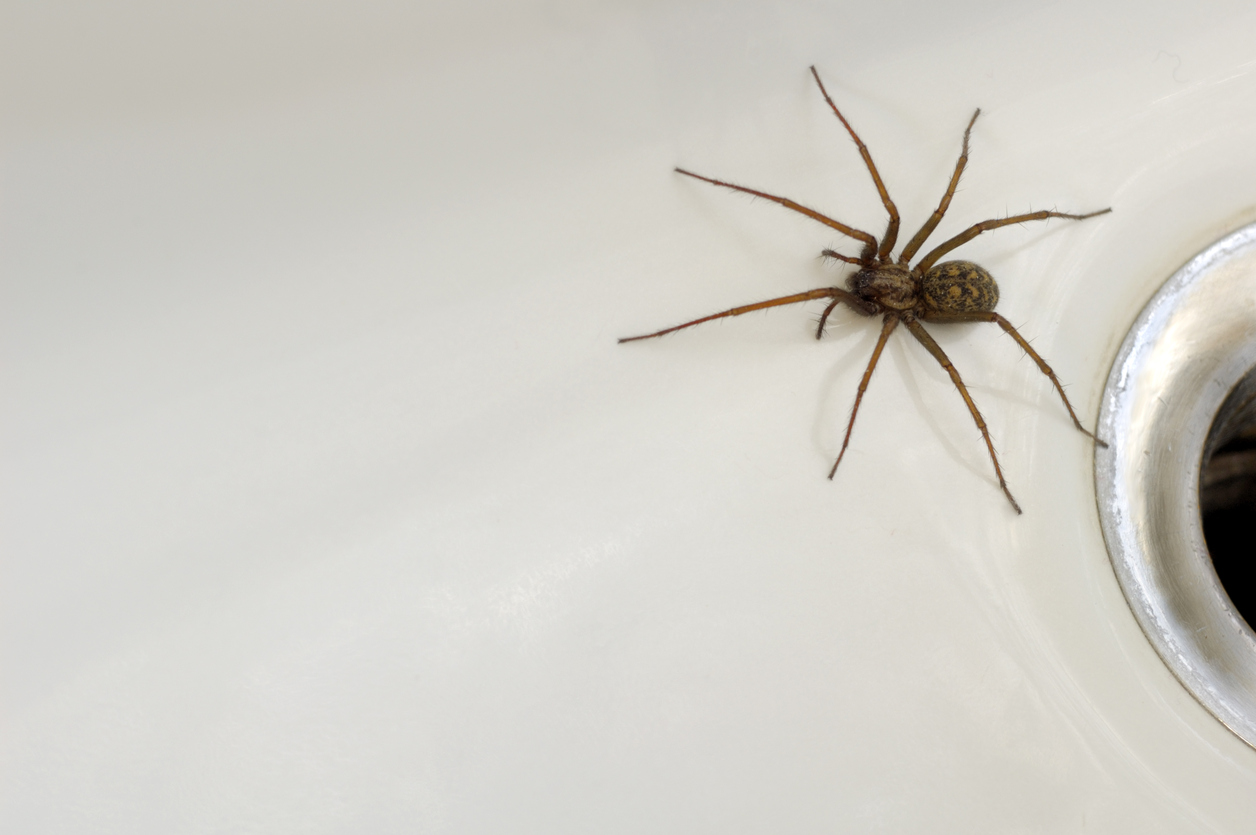
Carpenter Bees vs. Termites: Which Wood-Destroying Pest is Threatening Your Home?
Your home is likely the biggest investment you’ll ever make, so when pests start damaging it from the inside out, it’s more than just an annoyance. On Long Island, spring marks the height of activity for two of the most destructive wood-destroying pests: carpenter bees and termites.
While they may seem similar, these two pests are very different in how they behave, the damage they cause, and how to treat them. And unfortunately, it’s not always one or the other—you can have both at the same time.
This week, we’re breaking down how to tell them apart, understand the risks they pose to your home, and why calling Knockout Pest Control for an inspection can save you thousands in repairs.
Carpenter Bees
If you’ve seen large, black-and-yellow bees hovering around the wooden eaves, fascia boards, or decks of your Long Island home this spring, chances are you’re looking at carpenter bees. Unlike termites, carpenter bees don’t eat wood, but that doesn’t mean they don’t cause damage.
Carpenter bees tunnel into untreated or exposed wood to create galleries for laying their eggs. Over time, and especially across multiple seasons, these tunnels can compromise the integrity of wood structures like:
- Decks
- Fences
- Soffits and fascia
- Eaves and overhangs
- Wooden siding or railings
Signs of carpenter bee activity include:
- Perfectly round entry holes (about the size of a dime)
- Sawdust piles (called frass) beneath the holes
- Buzzing or hovering bees around wood
- Occasional woodpecker damage (they feed on carpenter bee larvae)
Termites
Termites are often referred to as “silent destroyers” for a reason. They can be active inside your home for months—sometimes even years—before being discovered. Unlike carpenter bees, termites actually consume the wood, often from the inside out, leaving only a paper-thin outer shell. On Long Island, the most common type is the subterranean termite, and spring is peak swarming season.
Termite damage is serious and potentially devastating. They can quietly compromise your home’s:
- Structural framing
- Floor joists
- Subfloors and support beams
- Window and door frames
Common signs of termite infestations include:
- Swarming winged termites in or around your home
- Discarded wings near windowsills
- Mud tubes on foundation walls or crawl spaces
- Hollow-sounding or damaged wood
- Blistered or bubbling paint
How Carpenter Bees and Termites Are Different
Understanding the differences between carpenter bees and termites is key, but knowing you could have both pests active in spring is even more important! It’s not uncommon for Long Island homes to show signs of each, especially those with aging or unsealed wood structures.
| Feature | Carpenter Bees | Termites |
|---|---|---|
| Eat wood | No | Yes |
| Visible signs | Entry holes, sawdust | Hidden damage, mud tubes |
| Active in May | Yes | Yes |
| Nest behavior | Solitary nests in exposed wood | Colonies in hidden wood |
| Common areas | Eaves, decks, trim | Inside walls, floors, foundations |
Why Spring is the Peak Season for Wood-Destroying Pests
Warmer spring temperatures and increased moisture create the perfect conditions for carpenter bees and termites to thrive. It’s also when both pests become more visible—carpenter bees buzzing around wood surfaces and termites beginning their spring swarms to establish new colonies.
This makes now the ideal time for a thorough home inspection! Catching these pests early can make all the difference between a small repair and extensive structural damage.
How Knockout Pest Control Protects Your Home
At Knockout Pest Control, we specialize in protecting Long Island homes from wood-destroying pests using advanced tools and environmentally responsible methods. We don’t just treat the symptoms—we identify the source and stop pests before they can cause long-term damage.
Our pest control professionals:
- Identify signs of carpenter bees and termites
- Customize a targeted treatment plan based on your home’s structure
- Apply long-lasting, minimally invasive solutions
- Monitor and maintain to ensure long-term protection
- Provide expert recommendations to prevent future infestations
If you have carpenter bees, termites—or both—our team will knock them out and help you keep them out.
Don’t Let Pests Eat Away at Your Investment
Your home should be a place of comfort and security, not a target for pests. Whether you’ve spotted suspicious signs of carpenter bees or termites, or just want peace of mind, schedule a professional inspection with Knockout Pest Control today.
Call (800) 244-PEST or request your inspection online.



